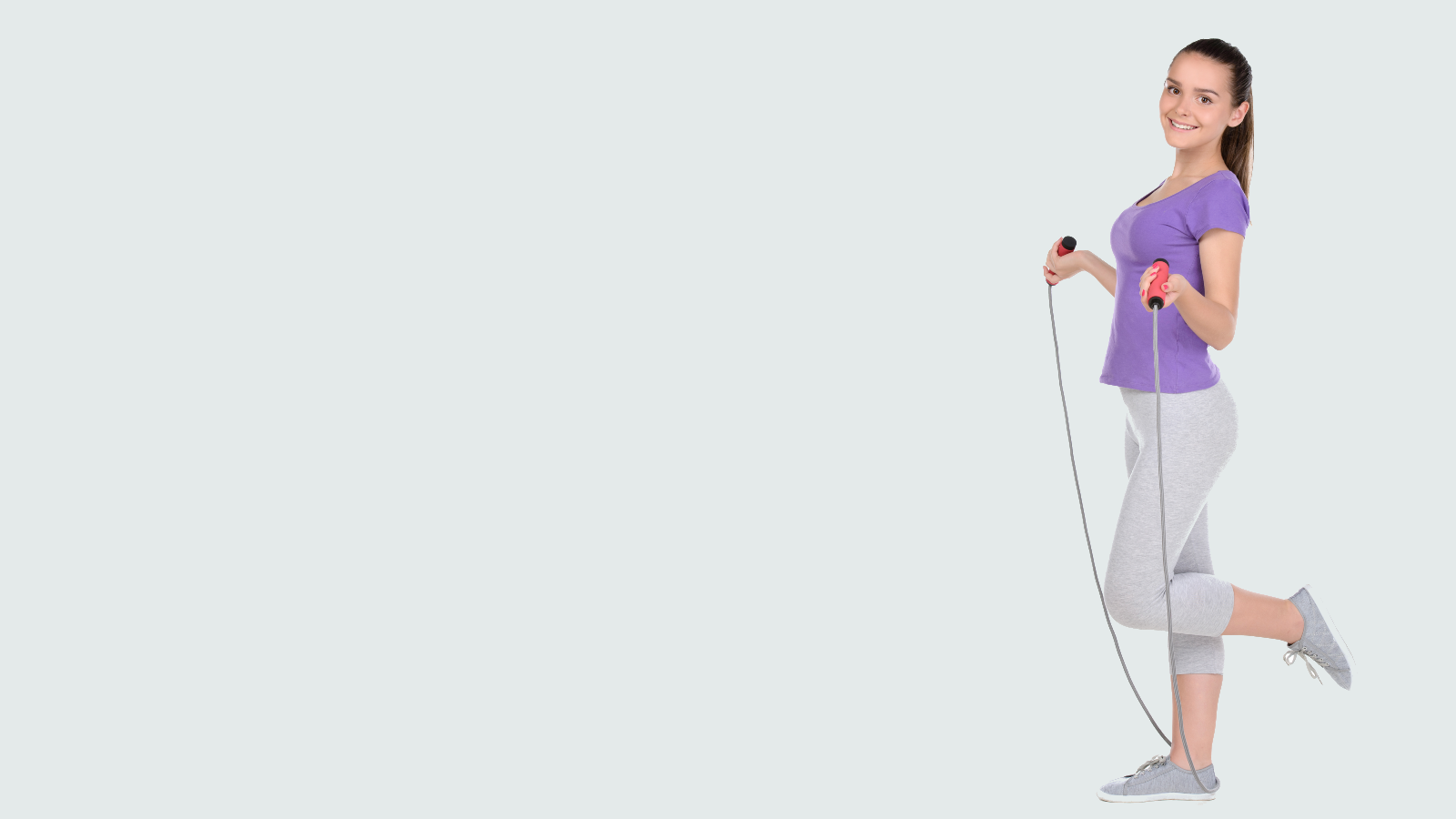Exercise and other forms of physical activity are enormously beneficial to adolescents, as well as other age groups. However, teenagers are also undergoing some major changes which may impact upon participation and enjoyment.
The main changes they are undergoing can be divided into three broad categories, cross-overs of the items within these categories are common as they are sometimes interrelated:
-
Physical - Puberty is the major physical change of the teenage years. Rapid growth and changes to the body shape as well as sexual maturity. Cognitive function, spatial awareness (proprioception), reasoning, and concentration also develop. From an exercise planning perspective, fitness professionals must be aware of developing musculoskeletal systems, variations in coordination ability, hormonal changes, emerging body image consciousness, and fluctuating maturity levels.
-
Social - Teenagers will be developing their social awareness, this includes, appropriate behaviour and safety awareness. They are increasingly becoming autonomous from their parents, spending more time with peers and starting to develop romantic relationships. From an exercise planning perspective, fitness professionals must be aware of friendship groups, bullying, popularity differences, extroversion vs. introversion, and male vs. female interactions.
-
Emotional - Changes in mood are common amongst young people with shifts often occurring rapidly and randomly, they may have little understanding or even control over these shifts. Some teenagers develop depression or self-esteem issues which may require therapy and in severe cases medication. From an exercise planning perspective, fitness professional must be aware of adolescents who are unusually withdrawn moody, angry, upset, or unwilling to participate. Emotional distress is best handled by professionals so a referral is the best course of action.
Having an understanding and appreciation of these stages of growth and development will help in the development of effective exercise sessions and instructional tactics.
For example, activities which include social interaction and teamwork are beneficial, however, you will need to recognise and potentially adjust programs for participants who are:
- Struggling to feel accepted.
- Undergoing awkward physical changes to either height, weight, coordination ability, or sexual maturity.
- Physically different from their peers, ie. males will become much more physically stronger than most females.
- Experiencing bullying/discrimination.
Additionally, the manner in which communication and instructional tactics are utilised may be very different when training teenagers vs. adult clients. Terms, gestures, and interests will vary and may require some research/study prior to commencing the program so that breakdowns in communication are limited. Direct and simple instructions may be required and short to-the-point activities scheduled to retain interest.
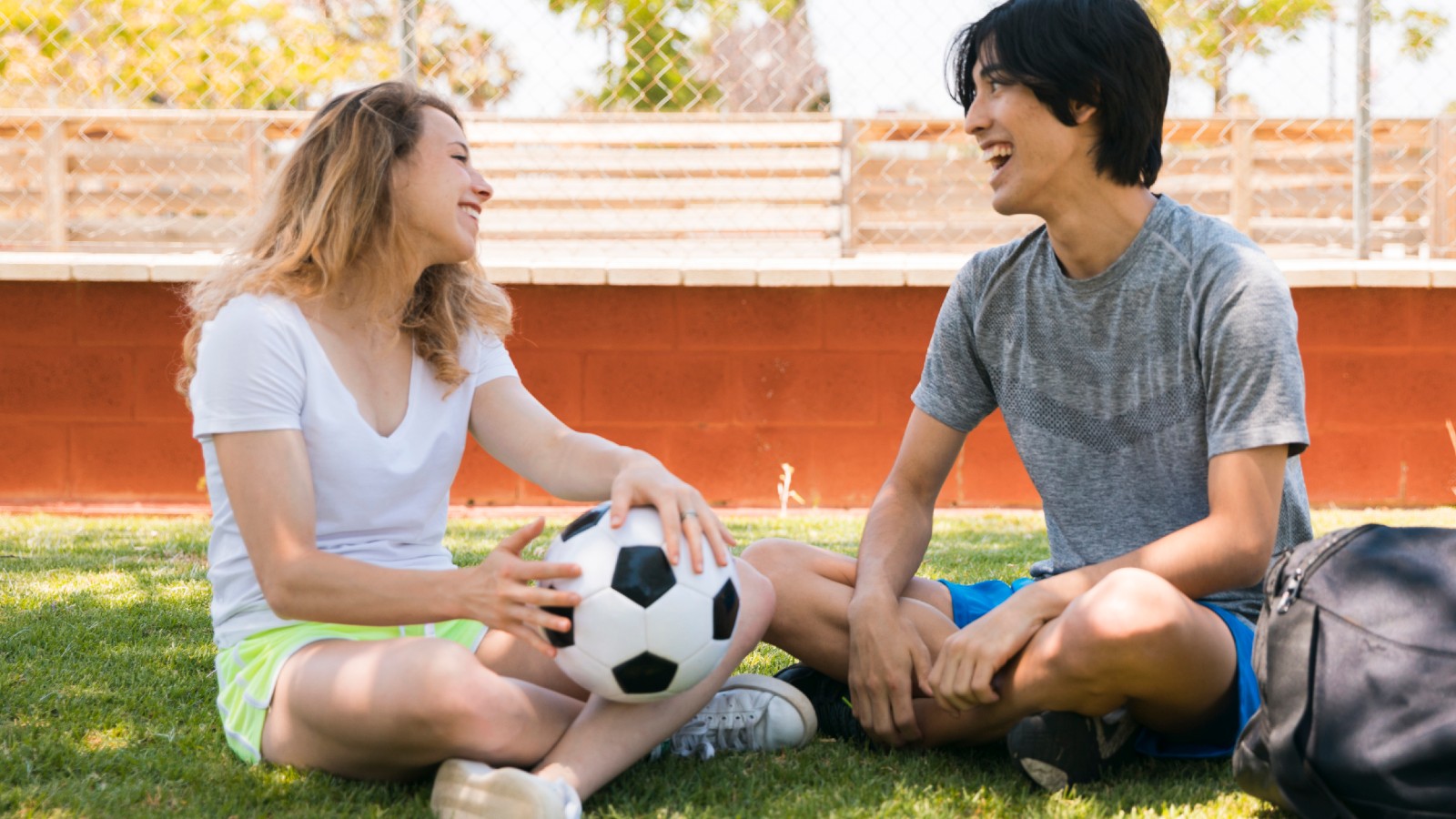
When working with minors, it is essential that fitness professional hold a valid 'Working with children' card or approval letter. The National Crime Check website has collated the various state and territory websites related to applying for a working with children card. In addition to undergoing this background check, all fitness programming must be conducted with the formal informed consent of the parent or guardian of the child. Fitness Australia guidelines for gaining consent and information from the parent or carer of the child is as follows:
The screening process must be undertaken in conjunction with the child's parent or guardian and their informed consent for the child's participation in the exercise service is required.Fitness Australia
Consent should be in written form and outline any potential risks along with the benefits. Pre-exercise health screening questions should be undertaken and any emergency contact numbers must be recorded.
Teenagers are one step away from being fully grown, however, they undergo significant physical change during this stage and in some cases, there are different anatomical and physiological characteristics that must be considered.
-
Thermoregulation - The process of the body regulating its temperature to allow the body's systems to function properly in spite of external and internal influences. Adolescents function the same as adults in regards to thermoregulation, the same important factors apply, such as maintaining adequate hydration and dressing appropriately for climatic conditions.
-
Cardiovascular System - Includes the heart, arteries, veins, capillaries, and blood. This system is responsible for the circulation of oxygenated blood around the body and also returning de-oxygenated blood back to the lungs so the process can be repeated. There are no real differences between adolescents and adults in regards to cardiovascular system structure or operation. Whilst rare for cardiac health conditions to affect teenagers they can definitely be an issue if the patient is particularly sedentary, consumes unhealthy food and beverages (and is therefore overweight), smokes or does drugs.
-
Musculoskeletal System - In adolescents, the musculoskeletal system is not fully formed and is undergoing rapid growth cycles (growth spurts) therefore impact and resistance training must be conducted in a safe manner to support and allow healthy growth and minimise the risk of injury.
-
Nervous System - The human brain is 90-95% of adult size by the age of six, however, there is still a process known as brain remodelling that happens primarily during adolescence. The parts of the brain that are responsible for planning, consideration of consequences, problem-solving, and impulse control undergo significant development during teenage years. Until this is fully developed young people tend to rely on other parts of the brain to manage these tasks, these substitute areas of the brain are more associated with emotions, impulses, aggression and instinctive behaviour, hence teenagers tend to fluctuate in mood quite regularly.
-
Respiratory System - Consists of the airway, lungs and the muscles of respiration. The cells of the human body require a constant stream of oxygen to stay alive. The respiratory system provides oxygen to the body’s cells while removing carbon dioxide, a waste product that can be lethal if allowed to accumulate. This is known as exchange. Respiratory system functionality increases inline with height and becomes equal to that of an adult by the time teenagers have experienced their main growth spurt associated with puberty.
The fundamental perceptual motor skills relate to the ability to use sensory information to accurately carry out purposeful movements. These skills are not innate, rather they must be learnt through regular practice and instruction. During the younger childhood years these skills are often put to use during play-based activity, however, during adolescence, these skills are more commonly utilised during regulated sports and other physical activity like dancing or swimming.
The four categories of fundamental perceptual motor skills are:
-
Locomotion and balance - Locomotion is the ability to move from one location to another using a range of different body positions, locomotion is the fundamental perceptual-motor skill that is used in walking, skipping, jumping, and dancing. Agility, the ability to move quickly and easily, as well as speed and power, the ability to exert maximal pace and force in a short period of time, are components of locomotion. Balance refers to the ability of a person to maintain the desired static position and equilibrium during movement.
-
Catching and interception - Catching is the procedure of stopping a moving object in mid-air with the arm and hand. Interception is the process of intercepting and changing the course of an object without catching it, this can be used in the deflection of a ball. Catching and interception both require spatial awareness (proprioception), good reaction time, eye-hand coordination, and calculating abilities.
-
Throwing and striking - Throwing is the action taken to propel an object held in the hand to a specific or non-specific location, striking is the action of hitting an object that may be moving or stationary, for example, striking a ball with a bat. This action requires good eye-hand coordination.
-
Kicking and punting - Kicking is the process of connecting the leg/foot to an object in order to propel it through the air and punting is the action of completing this action with the hand.
These actions are not usually undertaken separately, rather one or more are utilised in conjunction, especially when playing sport or undertaking other types of physical activity.
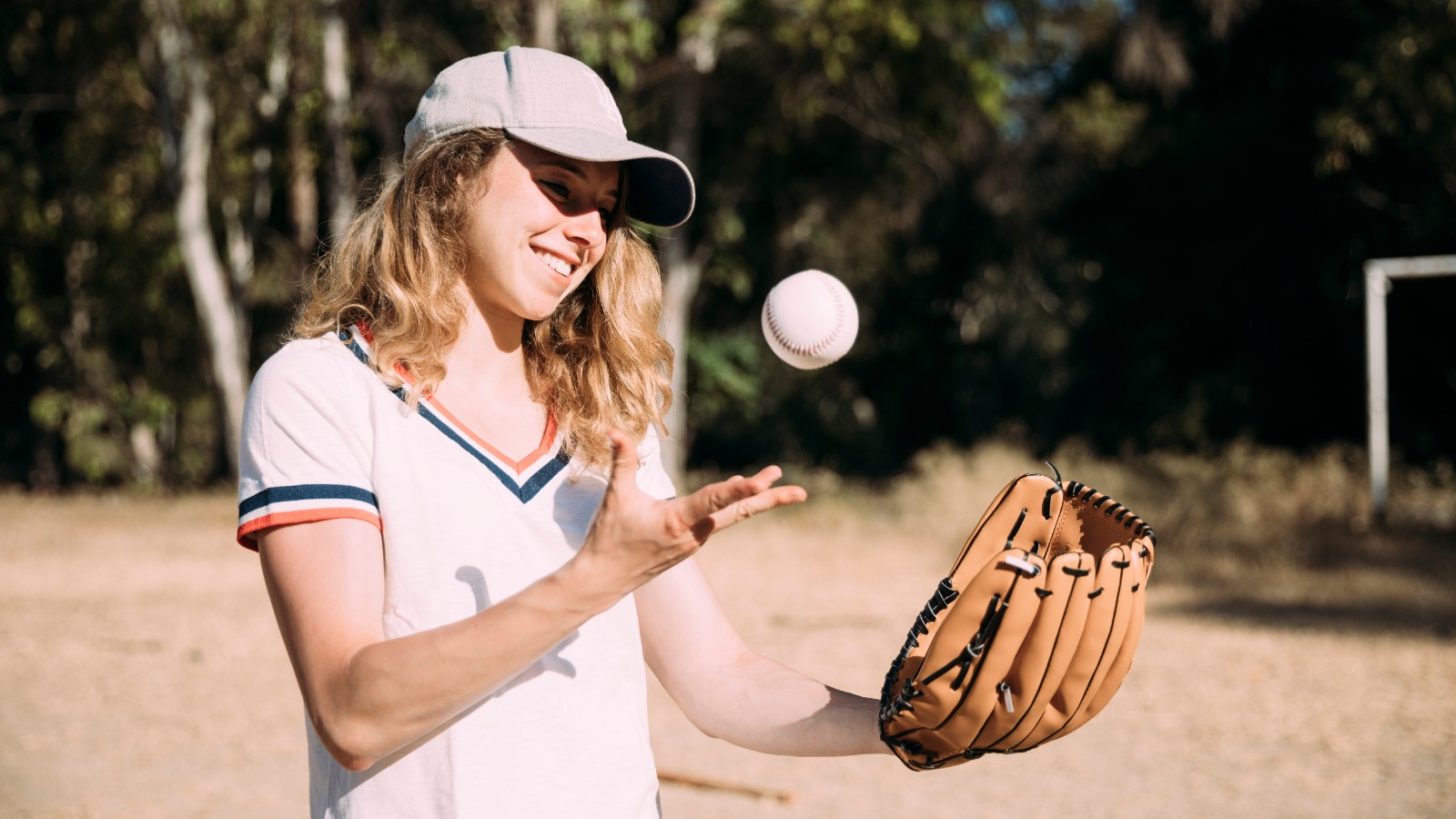
There are a variety of health-related benefits that are experienced by undertaking regular exercise, these physiological benefits are relevant to all clients, however, as teenagers are still growing and developing both physically and mentally there are some considerations to make when conducting tests and activities in these areas.
The proportion of body fat and non-fat mass (bones, muscles, and organs). It helps determine client health and fitness levels by indicating their body fat percentage. Less body fat and higher non-fat mass indicate a healthy body composition.
Benefits of regular exercise on body composition:
- Controls Weight - Adolescents who lead mainly sedentary lifestyles tend to consume more kilojoules than they actually need to function. This unused energy is stored within the body as fat. By improving dietary intake and partaking in recommended levels of daily physical activity the body is forced to utilise this excess body fat and thus weight is reduced. This has a flow-on benefit of improving cardiac health and reducing the likelihood of diabetes.
- Self-Confidence - Losing weight improves ones self-confidence because their physical appearance is improved, clothes fit better, and they receive compliments from family and peers. This has a positive affect on social development.
The Victorian Government through their Better Health Channel initiative have developed a Body Mass Index (BMI) calculator specific for children and teenagers. It is accessible here. This tool helps to identify if a child or adolescent is within a healthy weight range or if they are considered overweight or obese. However, there are limitations to using these calculators as they do not necessarily take all body composition factors into consideration. For example, muscle weighs more than fat and therefore the results can be indicative of obesity in a very muscular individual.
In adults, further tests of body composition would involve taking a waist measurement and/or a skinfold test, however, these are not recommended for children and young growing teenagers. This is why age-specific BMI calculators were developed which take into consideration age for height ratios.
Refers to how efficiently the heart, blood vessels, and lungs supply oxygen-rich blood to working muscles during physical activity for a prolonged period of time. The longer a client can continue aerobic fitness exercise without getting tired, the healthier their lungs and heart are.
Benefits of regular exercise on cardiorespiratory endurance:
-
Strengthens the Heart - The heart is a muscle and can be strengthened through regular activity just like other muscles. As a result, the heart muscle becomes more efficient at pumping blood around the body. Whilst cardiac complications such as heart disease are not common among adolescents the seeds of an unhealthy lifestyle can be sown during this developmental stage which can lead to medical issues as an adult.
-
Strengthens the Lungs - In a similar manner to the heart, the lungs are also strengthened and lung capacity (the ability to draw in oxygen and expell carbon dioxide) is increased. Oxygen is required by all parts of the body and thus in conjunction with a strong heart, the lungs work to deliver this vital resource to where it is needed.
-
Regulates Blood Pressure - By reducing the amount of cholesterol and fat in the blood and also improving flexibility in blood vessel walls the body's blood pressure is regulated and lowered.
There are various endurance related tests and activities which are suitable for children and/or teenagers:
-
Endurance walk/run test. The client must complete one kilometer in the fastest possible time, either walking or running.
-
Beep test. Clients run between two points (20m apart) inline with a series of audible beeps which increase in frequency. For example, round one allows 9 seconds to run 20m, round two allows 8 seconds, round three allows 7.5 seconds. Clients keep running through these rounds, increasing their running intensity, until they are unable to complete the 20m distance in the designated time frame.
-
Activities such as basketball, netball, football, swimming, bicycling, walking, and running, to name a few, are all great activities for building cardiorespiratory endurance.
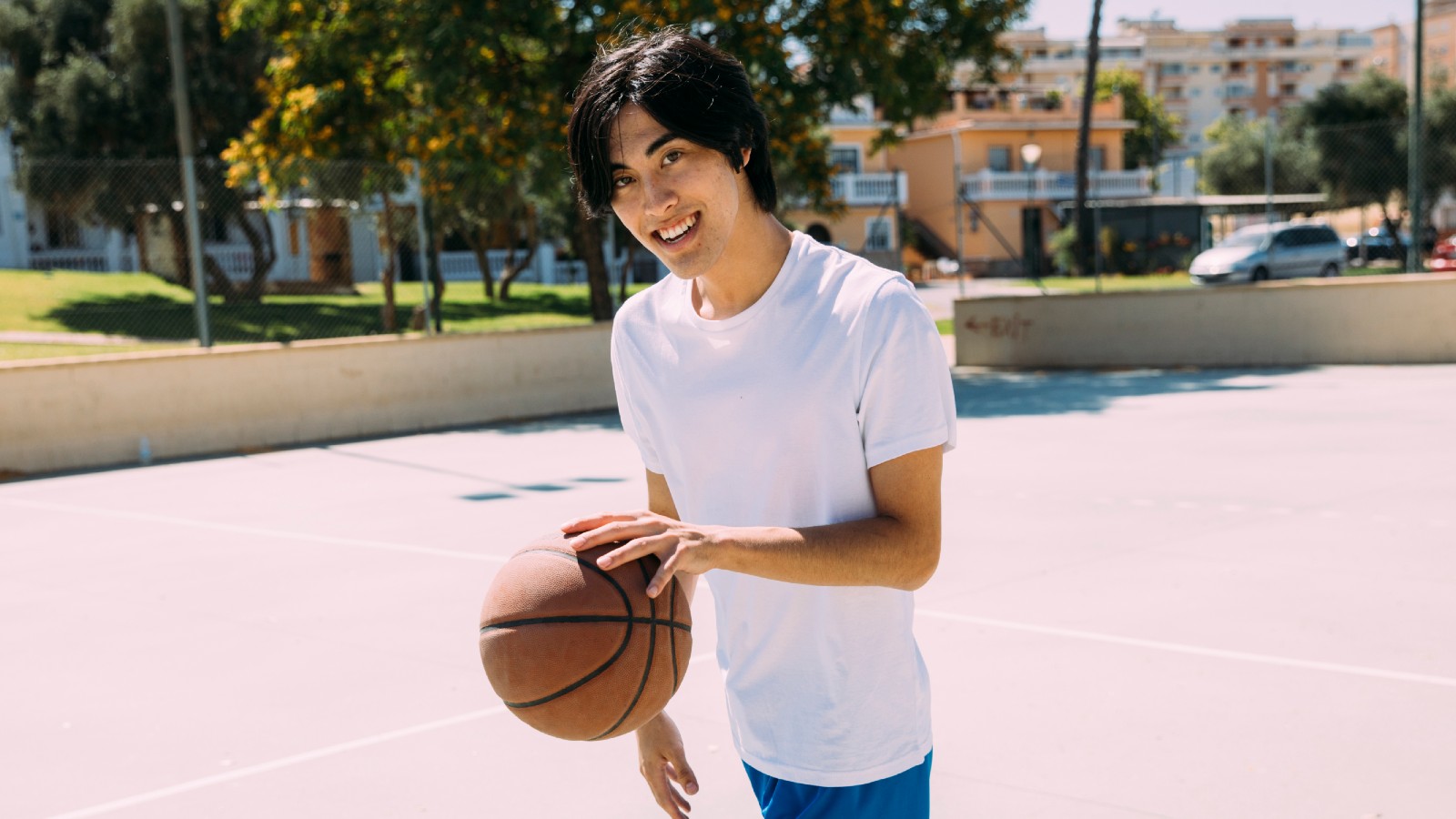
Muscular strength refers to the amount of force a muscle can produce in a single effort or the maximum amount of weight that a given muscle can move for one repetition. Muscular endurance refers to the number of repetitions of a single exercise that can be done without needing to stop and rest.
Benefits of regular exercise on muscular strength and endurance:
- Strengthens Bones - Resistance based exercises help to build bone density and thus strengthen bones as well as building muscular strength and endurance.
- Builds Strength - Muscles that are utilised regularly become stronger, more flexible and thus the individual becomes stronger overall.
The ability to build muscle mass does not fully develop until puberty has begun as hormones are required. The timing of puberty varies significantly between teenagers, it can begin as early as 10 or 11, however, in others it can be as late as 15-16. It is also a gradual process, spanning many months and even years. The skeleton is also not fully developed until the early 20's and therefore too much weight training may impact on bones and joints.
Activities that can be used for adolescents to test and build muscle strength and endurance include:
- Push-ups (or chair push-ups if less body resistance is required).
- Sit-ups.
- Flexed arm hang, similar to a chin-up but rather than raising and lowering the body repeatedly the client raises their chin to the level of the bar and tries to hold their body at this level for as long as they can.
- Using light weights such as dumbbells, medicine balls and other free weights. It is recommended that any use of weights is closely supervised and appropriate to the teenager's physical size.
Determines the range of motion of joints. The focus is on muscle and connective tissue in the many joints and groups of joints in the body. Increased flexibility is known for preventing and relieving pain, correcting posture, preventing musculoskeletal injury.
Benefits of regular exercise on flexibility:
-
Reduced risk of injury - Muscle soreness and strains, tendon injuries and joint damage are all common amongst people who have low levels of flexibility. Falls are also more common, which can result in injuries such as fractures.
-
Improved balance and posture - Well stretched muscles achieve their full range of motion more easily helping improve balance. Bad posture can also cause muscles in the shoulders, back and neck to shorten and thus cause pain and other health problems. Undertaking flexibility exercise helps to lengthen and strengthen these muscles and thus allows for easier posture correction.
Flexibility exercises and tests can include:
-
Sit and reach test, whereby the client sitting with their legs outstretched and then leaning forward as far as possible and holding the pose. Can also be done from a standing position.
-
Quads, the client pulls a leg behind them towards their buttocks and then holds the position for a set period.
-
Calves, the client stands with their heel handing over a step, grasping onto a railing they then push their heel down.
-
Pilates and yoga.
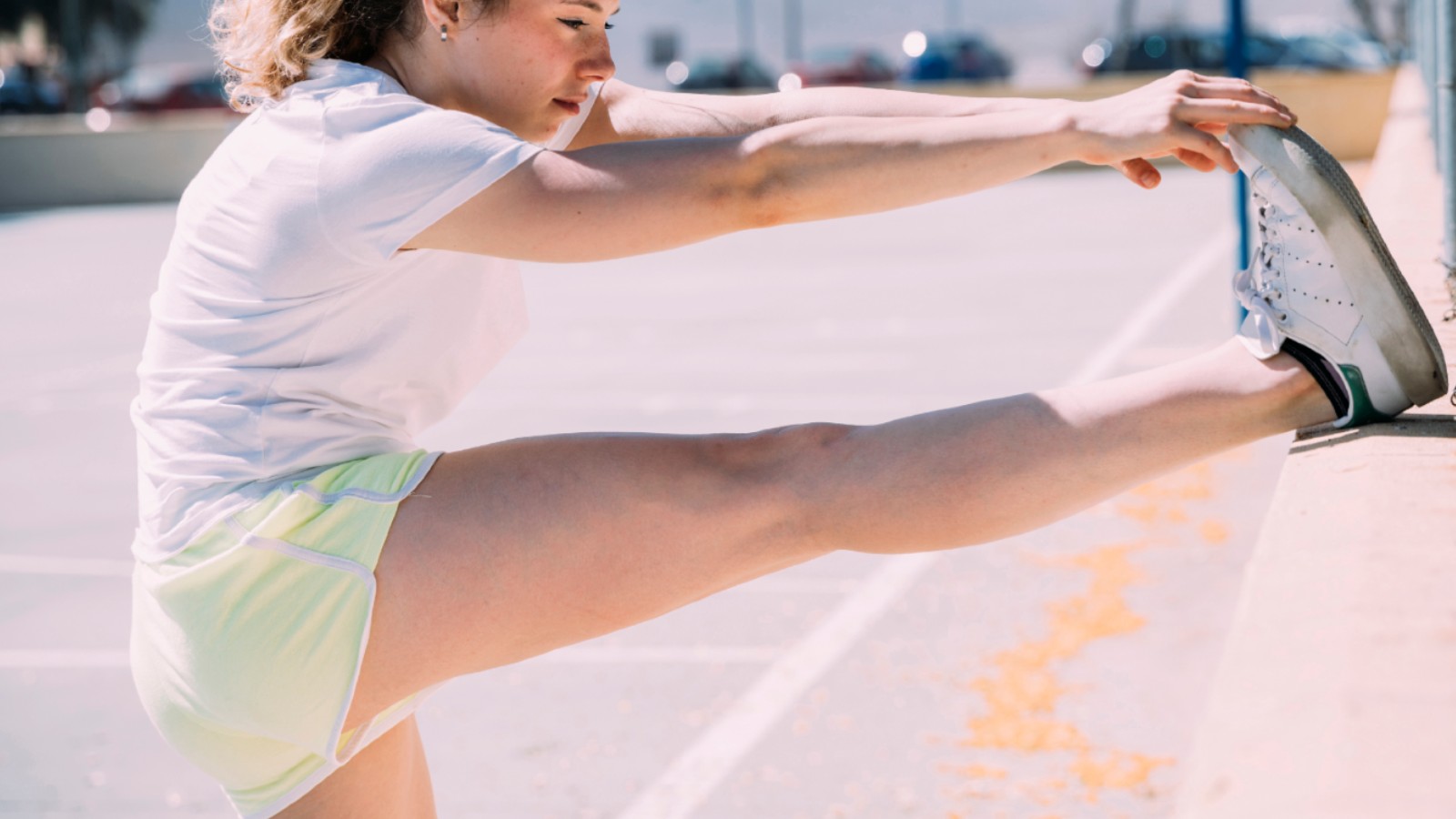
Fitness Australia has developed the Children's Health and Fitness Services Guidelines as a means of assisting fitness professionals to plan and coordinate appropriate activities for children and adolescents, taking into consideration the main physical, social and emotional differences between these age groups and adult clients. The guidelines outline the various risk management considerations that must be taken as well as provide recommendations for specific types of exercises and activities. This topic will be focussing on the adolescent recommendations as opposed to the child ones.
According to the guidelines, the following factors related to adolescents must be considered when planning and coordinating fitness activities:
The development of coordination and skill acquisition occurs throughout childhood and often leads to many displaying advanced skills in these areas by the start of the teenage years.
Exercise is definitely beneficial, helping to improve physical fitness, improve strength, coordination, and maintain healthy body weight. However, this period of development is also a time of rapid growth and maturation cycles which must be accommodated in a safe manner.
Recommendations for activities include:
-
Strength/resistance training involving the use of all major muscle groups. Note: Weight training is not recommended until the musculoskeletal system has fully developed (ie. stopped growing), rather teenagers should focus on muscle development through body-weight exercises and activities.
-
Coordination development. Helps to improve stability and reaction time. Neuromuscular coordination is controlled by the Central Nervous System which acts like a highway connecting the brain and spinal cord to the various muscles around the body. Messages, known as nerve impulses, are relayed through this highway network. Repeated training of agility and coordination based exercises helps to improve the communication of nerve impulses. Examples include running with rapid changes in direction or hurdling objects in rapid succession. Can be undertaken in fitness drill activities.
-
Sports specific training.
-
Use of a range of equipment such as balls, bats, ropes, steps/hurdles, resistance bands, and cardio equipment such as bicycles.
The chosen location for activities should always be safe, accessible and inviting for the chronological and developmental age of the clientele.
Specific considerations that may influence program effectiveness include:
-
The area required for participant numbers.
-
Suitable visibility.
-
Acoustics for instruction and monitoring.
Australian recommendations say that children and adolescents between the ages of 5 and 17 need one hour or more of moderate to vigorous physical activity and several hours of light physical activity each day. This schedule should include activities that strengthen muscles and bones at least three days per week. These guidelines also recommend that young people aged between 14 - 17 get at least 8 to 10 hours of sleep per night.
Recommendations and considerations regarding frequency, intensity and duration include:
-
Adolescents may have other sporting and exercise commitments and therefore the recommended 60 minutes per day does not necessarily need to come from your program entirely and does not need to be completed in one session.
-
Activities should be varied in frequency, duration and type so as to reduce the risk of injury.
-
Intensity should be increased gradually.
-
The Rating of Perceived Exertion (RPE) scale, which measures levels of exertion on a scale of 1-10, is recommended to help monitor the adolescent's exercise intensity.
| Rating | Activity Level | Breathing and Conversation Ability |
|---|---|---|
| 0 | No Activity (Laying on the couch). | Breathing normal resting rate. |
| 1 | Very Light Activity (Easy chores such as washing the dishes). | Breathing not changed. Easy to carry on a conversation. |
| 2-3 | Light Activity (Leisurely walking that does not increase the heart rate). | Easy to breathe and carry on a conversation. |
| 4-6 | Moderate Activity (Brisk walking that speeds up the heart rate). | Breathing more heavily - can carry on a conversation but it requires more effort. |
| 7-8 | Vigorous Activity (Jogging, cycling, swimming). | On the verge on becoming uncomfortable - conversation requires maximum effort. |
| 9 | Very Hard Activity (Running). | Difficult to maintain exercise or speak. |
| 10 | Maximum Effort Activity (Short burst of activity such as a short sprint, cannot be maintained for long). | Full out effort - no conversation possible. |
As mentioned earlier, there are risks and limitations to strength training amongst adolescents who are still growing and who may not have commenced puberty.
Recommendations are as follows:
-
Participants must be able to demonstrate balance and postural skills that are commensurate with adult levels and be able to perform the correct techniques before attempting any strength training programs.
-
Younger participants should be undertaking functionally based exercises that incorporate a full range of movement and combining these exercises with a variety of aerobic training activities.
-
The resistance used and frequency of exercises should be determined by specific program goals and the client's individual needs and ability. Lighter weights are recommended.
-
Any form of power, maximal, explosive lifting or body building is to be avoided until children and young people reach physical maturity.
Improvements to self-confidence, mood, stress levels, and sleep are all vital elements of healthy social development and can be achieved through regular physical activity. Additionally, regular exercise, especially group/team-based activities, can improve social support networks which are an important aspect in the lives of adolescents.
When formulating an exercise program consider involving the following types of people and organisations with the aim of promoting awareness and cooperation:
-
Family.
-
Peers.
-
School.
-
Sport Communities.
When working with adolescents there are a range of communication and instructional difficulties that may arise such as:
-
Complex ideas.
-
Concentration.
-
Difference in communication styles.
Techniques that can be used to overcome these difficulties include:
-
Use of simple language.
-
Providing information and instruction in small bursts.
-
Listening.
-
Visual demonstration.
-
Patience.
-
Adapting communication style to suit the audience.
-
Using music and other pop culture references that may be of interest to the cohort.
-
Incorporating exercise into games and/or friendly competitions. This helps to limit boredom and encourage collaboration.
Additionally, improving participant motivation will help to improve communication and instruction. An audience that is bored or unmotivated will not be listening properly and therefore will not comprehend the required instructions. There are a range of motivational techniques and exercise adherence strategies that you can use, such as:
-
Understand their motivation and align the program to their needs and goals.
-
Set short term goals.
-
Set goals that are achievable.
-
Vary the exercise to ensure it is fun.
-
Provide encouragement, support, and positive feedback. Comments should be sincere and discretion should be applied when required.
-
Monitor and celebrate positive outcomes.
-
Involve the client in fitness plan decision making.
-
Use age and audience appropriate humour to lighten the mood.
-
Build rapport, enquire about their peers, hobbies, school studies, travel events etc... and remember key details so you can follow up at future sessions.
